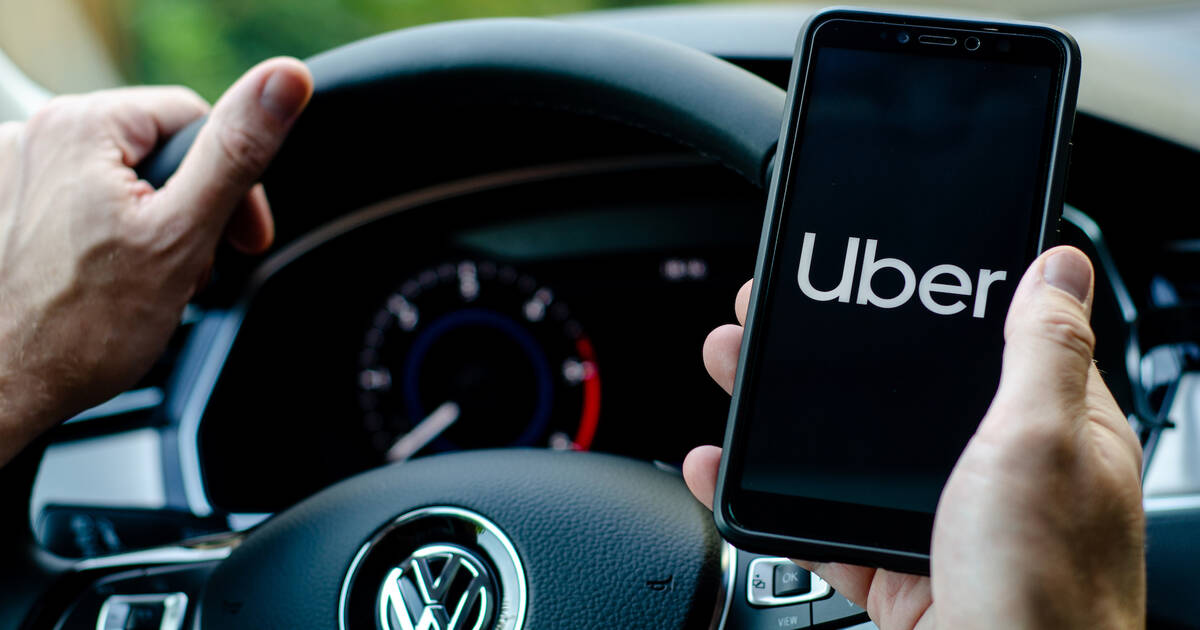I'm not sure what the above page of conversation has to do with 'The Coming Disruption of Transport...." LOL
But I think
@kEiThZ is largely spot on in talking about check-boxes; and even moreso 'artificial metrics' for which 'Listicles' are famous.
I don't think its wrong to suggest that many British Urban Centres have surprisingly few KM of Metro per thousand residents, outside of London, that is essentially true.
But it is not a hugely useful piece of information in isolation. You would want to consider how people in those centres are commuting (private car, public bus, bike, etc.) and how well that is serving their needs.
Then the logical follow-on would be to consider whether additional Metro/Light-Metro would sufficiently improve commute times/quality of life/reduce congestion or pollution etc. to represent good value for money.
I will add though, in reference to bicycle gutters, as I've shown in the Cycling thread, this is changing and in a significant way. It did, however, represent much of Canadian infrastructure planning until a few years ago.
That example though of contrasting quality of infrastructure, just as one must look at frequency/speed of rail service illustrates the futility of check-box lists where more nuanced discussion and analysis is required.






